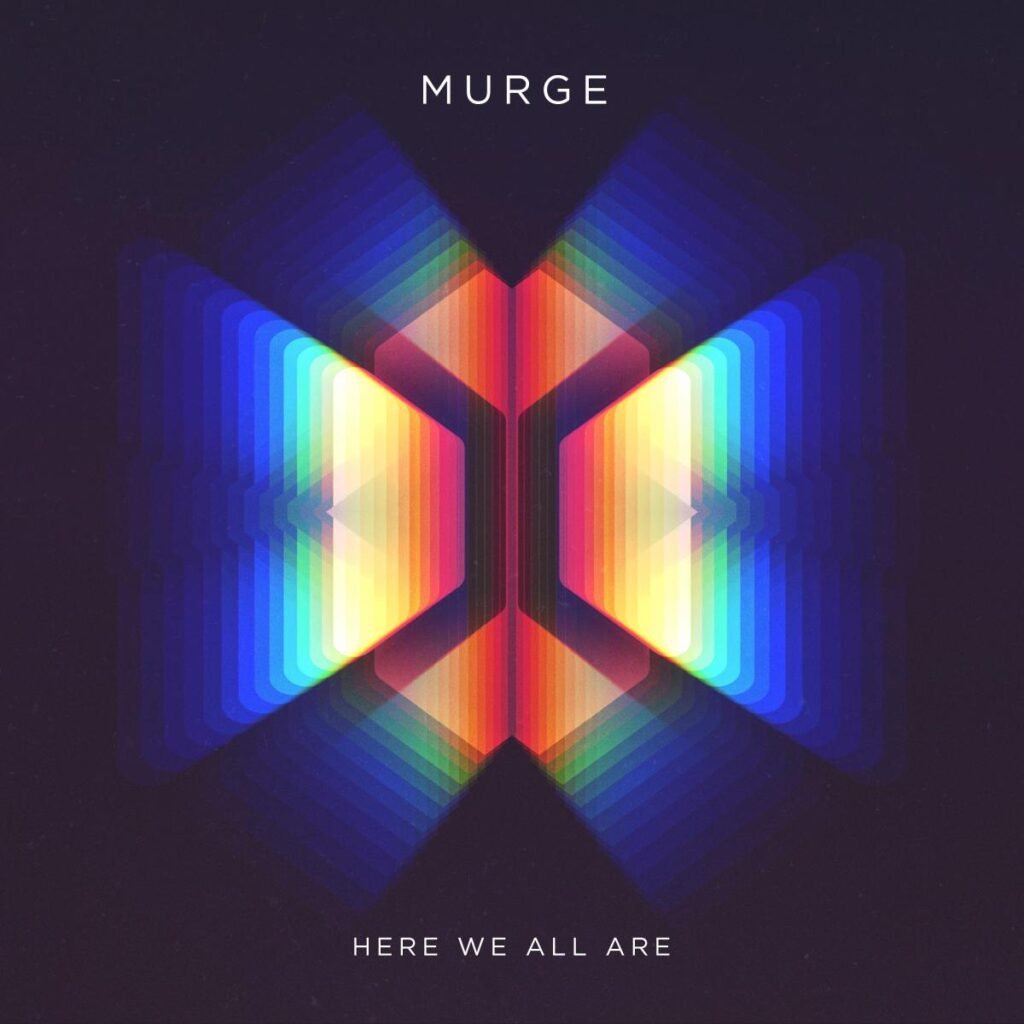[ad_1]
Creating your personal medieval costume might be an gratifying and budget-friendly venture, particularly when you’re aiming for historic accuracy. Whether or not you’re concerned in reenactment, instructional occasions, or simply obsessed with historical past, it’s doable to craft a easy, genuine look with out spending a fortune.
This information focuses particularly on medieval European clothes—roughly from the ninth to Fifteenth centuries.
- Perceive the Fundamentals of Medieval Gown
Medieval clothes various by area, century, and social class, however the foundations have been surprisingly constant, particularly for frequent people. Most clothes have been constituted of easy rectangular constructions and minimal tailoring.
Key distinctions:
- Early Medieval (ninth–eleventh century): T-tunics, layered wool, and minimal embellishment.
- Excessive Medieval (twelfth–Thirteenth century): Extra fitted clothes began appearing, together with the bliaut and robe.
- Late Medieval (14th–Fifteenth century): Tailoring superior, with curved seams, tighter sleeves, and the emergence of the houppelande, cotehardie, and robe with buttons.
For freshmen, the clothes of peasants and tradespeople (who wore less complicated, extra sensible clothes) is essentially the most approachable and best to make.
- Fundamental Clothes to Recreate
Listed here are the important thing parts of medieval gown which can be each traditionally correct and achievable for hobbyists:
For Males:
- Tunic (Cotte or Kyrtle): Knee-length or longer, worn over a linen shirt. Rectangular building with gussets underneath the arms and on the sides for motion.
- Undertunic (Linen): Worn beneath the outer tunic; usually undyed or off-white.
- Hose (Wool): Separate leg coverings pinned to a belt or later joined on the high.
- Wool Cloak: Semi-circular or rectangular, pinned with a brooch or tied with cords.
For Girls:
- Shift or Chemise (Linen): The bottom layer, usually white or unbleached.
- Kyrtle or Cotte: A protracted, barely fitted robe with sleeves; outer garment worn over the shift.
- Surcote (Sleeveless): Worn over the kyrtle in later centuries.
- Veil or Wimple: Head coverings have been important for married ladies.
- Apron (for decrease courses): Usually white or undyed linen.

From Decretals of Gregory

- Material and Color Selections
Genuine materials:
- Wool: The commonest materials for outer clothes. Use light-weight wool or wool blends.
- Linen: Used for undergarments and shirts. Bleached or unbleached linen is each correct and cozy.
- No cotton: Cotton was extraordinarily uncommon and never utilized in medieval Europe for frequent clothes.
Inexpensive choices:
- Cotton muslin or broadcloth – Light-weight and simple to stitch
- Fleece – Nice for cloaks and cowls, mimics wool
- Canvas or twill – Sturdy and best for tunics or tabards
- Thrifted sheets or curtains – Surprisingly genuine take a look at a really low worth
Follow earthy tones like brown, inexperienced, blue, grey, cream, or burgundy for a extra life like look. Shiny neon colors and artificial shine needs to be averted. Crushed velvet was not out there throughout medieval occasions. Purple was a uncommon color utilized by nobles.
- Inexpensive Supplies and Development Suggestions
The place to search out cloth:
- Thrifted 100% wool clothes (like coats or skirts) to chop and repurpose
- Linen tablecloths or curtains from secondhand shops
- Wool-blend yardage on clearance or on-line gross sales See: supercheapfabrics.com.au or watch Lincraft shops for his or her 40-50% off cloth gross sales.
Development:
- Hand-stitch seen components when you can – it provides authenticity.
- Don’t overcomplicate – medieval individuals wore layers, not complexity.
- Climate or age your costume for realism. Gentle tea-dyeing or sandpapering could make clothes look lived-in.
- Historic Equipment on a Finances
Headwear:
- Males: Coif (close-fitting linen cap), hood (with shoulder-length cape)
- Girls: Veil (easy linen rectangle), wimple (wrapped underneath chin), fillet (linen band round head)
Belts:
6. Actual-Life Examples on a Finances
Instance 1: Thirteenth-Century Peasant Man
A sensible, humble outfit based mostly on depictions in medieval manuscripts and interval effigies.
Clothes:
- Linen undertunic (chemise/shirt): Constructed from a thrifted linen tablecloth or previous linen sheet
- Wool outer tunic (kyrtle): Repurposed from a thrift retailer wool skirt or blanket
- Braies (underpants): Constructed from muslin or previous white linen, drawstring waist
- Wool leg wraps or hose: Lower from a thrifted wool sweater or worn lengthy socks
- Leather-based belt: Thrifted slender belt with easy buckle
Equipment:
- Linen coif or wool hood: Sewn from scraps
- Footwear: Plain leather-based footwear (e.g. desert boots), optionally coated with shoe wraps – Already owned or secondhand
✅ Historic Notes:
This outfit mimics how lower-class males wearing rural Europe—purposeful and layered for heat, usually made completely from homespun or repurposed materials.
Instance 2: 14th-Century Working Lady
A plausible outfit for a craftswoman or peasant in the course of the 1300s.
Clothes:
- Linen shift (underdress): Constructed from a big white cotton/linen sheet or thrifted nightgown
- Wool or linen kyrtle (overdress): Thrifted wool skirt or curtain, sewn right into a easy fitted gown with aspect gores
- Apron: Constructed from scrap linen or canvas
- Wool hood or shoulder cape: Constructed from a secondhand wool scarf or blanket
- Leather-based or fabric belt: Thrifted
Equipment:
- Veil or wimple: White linen or cotton cloth, reduce and pinned over the pinnacle
- Drawstring pouch or belt bag: Constructed from wool or leather-based scraps
- Footwear: Low-profile, undecorated flats or boots – Already owned or secondhand
✅ Historic Notes:
Married ladies would have their hair coated in public. Layers have been sensible and modest.
Instance 3: Early Medieval (Viking-Age) Labourer
Impressed by archaeological finds from ninth–eleventh century Scandinavia and Anglo-Saxon England.
Clothes:
- Linen undertunic: Handmade from linen sheet or previous curtain
- Wool overtunic: Rectangular building with aspect gores, constituted of a wool throw or coat
- Wool leg wraps: Lower from previous wool sweater or blanket strips
- Braies: Constructed from undyed linen or muslin
Equipment:
- Pill-woven belt (elective): Will be substituted with a plain belt if tablet-weaving shouldn’t be an choice
- Easy cloak: Rectangular wool piece fixed with a brooch (or giant pin)
✅ Historic Notes:
This outfit matches each women and men and displays early medieval layering traditions. Tunics have been reduce from primary shapes, and few stitching instruments have been wanted.
Instance 4: Fifteenth-Century City Artisan
Reflecting the rising city class, this equipment is a bit more tailor-made however nonetheless modest.
Clothes:
- Linen shirt or chemise: Constructed from thrifted cloth or shirt
- Wool doublet or fitted cote: Thrifted blazer with altered buttons eliminated and changed with ties
- Wool hose or thick wool tights
- Wool tunic or robe (layered over doublet): From a secondhand blanket or coat
- Plain leather-based belt and pouch
Equipment:
- Liripipe hood: Distinctive long-tailed hood constituted of felted wool
- Turnshoes substitute: Plain leather-based footwear with ankle protection – used or modified
✅ Historic Notes:
As tailoring improved, extra fitted clothes grew to become frequent, particularly in cities and cities. Buttons and tight sleeves appeared within the late 14th–Fifteenth centuries.
Professional Suggestions for All Kits
- Salvage supplies from thrift shops – search for wool skirts, linen pants, or tablecloths.
- Hand-finishing seams (even when the bottom is machine sewn) provides authenticity.
- Keep away from apparent fashionable options – no plastic buttons, zippers, or shiny materials.
- Use museum photos and effigies (just like the Maciejowski Bible or Luttrell Psalter) for visible references.
Ultimate Ideas
Making your personal medieval costume doesn’t should be sophisticated or costly. With just a little creativity, just a few primary supplies, and a little bit of resourcefulness, you possibly can craft an outfit that appears prefer it stepped out of historical past. Begin easy, construct up your costume over time, and most significantly – have enjoyable with it!
Let your creativeness (and price range) information you, and also you’ll be able to wow on the Competition with out breaking the financial institution.
You’ll be able to nonetheless take inspiration from lots of the reenactors to encourage you for one thing tougher!
(Click on picture beneath to scroll)
RESOURCES
Stitching Patterns – See Lincraft and Highlight for patterns.
Numerous print your personal patterns offered on Etsy. Search historic medieval sample or reenactor sample for accuracy.

TIPS:
- See Youtube for heaps of tutorials and data
- Observe blogs of reenactors and makers
- Be careful for Lincraft and Highlight common storewide gross sales for financial savings on materials
- Scour op outlets for materials and wool blankets to repurpose.
[ad_2]




